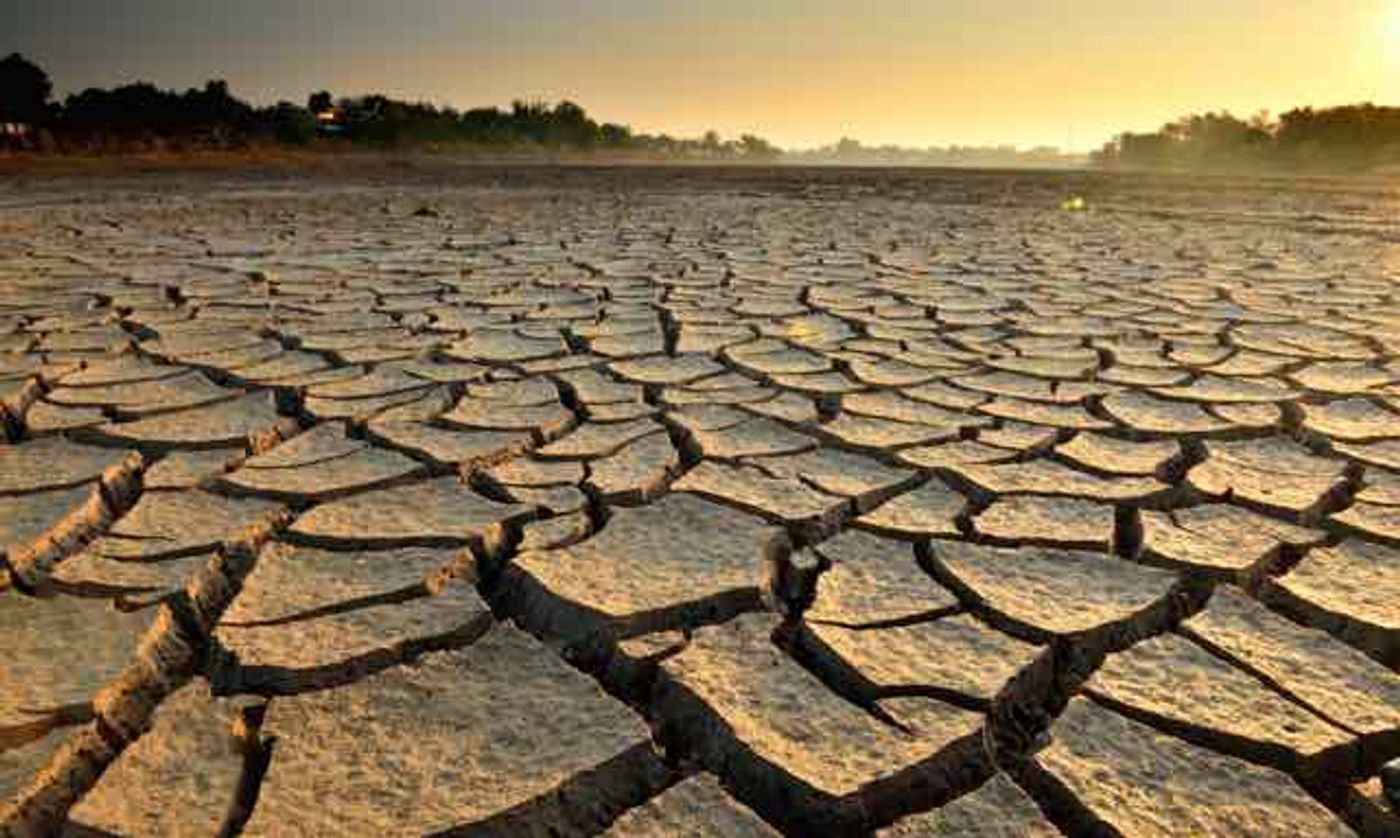Worldwide droughts are raising CO2 emissions
Land ecosystems play a huge role in keeping carbon dioxide out of the atmosphere. Besides the ocean, they are perhaps the biggest carbon sinks, absorbing an average of 30% of human-made CO2.
But what happens when plants’ abilities to photosynthesize, and therefore take-up CO2, are restricted? We know from high school biology that plants need several conditions to photosynthesize (i.e. make their own food from the sun): sunlight, CO2, and water. During a drought, when water is limited, plants do not photosynthesize as much because there are not enough resources. As a result, they capture less CO2 from the atmosphere. As climate change takes a greater hold on our planet every day, understanding atmospheric CO2 levels becomes more and more critical. And though it is fairly straightforward to model the impact of a drought on plants in a lab, comprehending the global significance of droughts and greater land ecosystems proves to be a more challenging task. But researchers from the Laboratoire des Sciences du Climat et de l'Environnement in France and the University of Exeter in the UK are up for the task and their new research, recently published in Nature, aims to tackle that unknown.
In order to understand the consequences of droughts on CO2 emissions, the team needed to utilize images from special satellites to measure droughts around the globe. Most satellites aren’t able to measure drought because they can’t see what’s happening underground. But thanks to some new technology, satellites are now able to measure changes in water storage via our planet’s gravity field. Science Daily explains how it works:
“In the last few years, a new type of satellite mission has been used to measure extremely small changes in the Earth's gravity field. It was found that some small perturbations of the gravity field are caused by changes in water storage. When there is a major drought in a given region, there is less water mass and gravity is consequently slightly weaker over that region. Such variations are so small that they are imperceptible to humans. But by measuring them with satellites, scientists are able to estimate large-scale changes in water storage to an accuracy of about four centimeters everywhere on the planet.”
This method allowed the team of researchers, led by Vincent Humphrey, a climate researcher at ETH Zurich, to determine a correlation between global drought and CO2 increase in the atmosphere. Indeed, they discovered that in dry years, land ecosystems capture less CO2 than in normal years. In 2015, for example, which was a particularly dry year, 30% less CO2 was taken up by land ecosystems. Accordingly, in wet years when plant life is thriving, CO2 concentrations increased at a much slower rate.
The researchers hope that the world will take note of their research, particularly in the policy field. "Now that most countries around the world have agreed they should limit CO2 emissions, we are facing the challenge of monitoring human CO2 emissions to a level of accuracy higher than ever before," says Humphrey. But in order to have accurate models of CO2 emissions, projections must also include the impact from droughts. The authors of the study aim to offer their research for future climate models so that worldwide climate agreements can have the most accurate information when designing international goals and policies.
Sources: Science Daily, Nature









